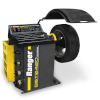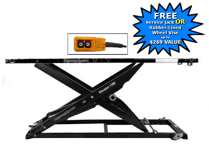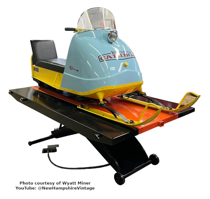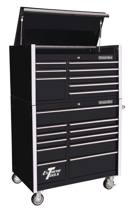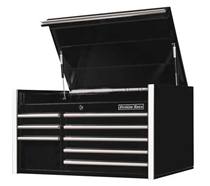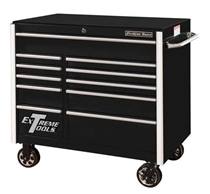- Register
- Log in
- Wishlist (0)
- My Cart (0) You have no items in your shopping cart.
Understanding IGBT and MOFSET Technology
MOFSET [information courtesy of IGBT or MOSFET: Choose Wisely, by Carl Blake and Chris Bull, International Rectifier]
The bipolar transistor was the only “real" power transistor until the MOSFET came along in the 1970's. The bipolar transistor requires a high base current to turn on, has relatively slow turn-off characteristics (known as current tail), and is liable for thermal runaway due to a negative temperature co-efficient. In addition, the lowest attainable on-state voltage or conduction loss is governed by the collector-emitter saturation voltage VCE(SAT).
The MOSFET, however, is a device that is voltage- and not current-controlled. MOSFETs have a positive temperature coefficient, stopping thermal runaway. The on-state-resistance has no theoretical limit, hence on-state losses can be far lower. The MOSFET also has a body-drain diode, which is particularly useful in dealing with limited free wheeling currents.
All these advantages and the comparative elimination of the current tail soon meant that the MOSFET became the device of choice for power switch designs.
Then in the 1980s the IGBT came along. The IGBT is a cross between the bipolar and MOSFET transistors.
IGBT (Insulated-Gate Bipolar Transistor) Technology [information courtesy of http://en.wikipedia.org/wiki/Insulated-gate_bipolar_transistor]
The insulated gate bipolar transistor or IGBT is a three-terminal power semiconductor device, noted for high efficiency and fast switching. It switches electric power in many modern appliances: electric cars, trains, variable speed refrigerators, air-conditioners and even stereo systems with switching amplifiers. Since it is designed to rapidly turn on and off, amplifiers that use it often synthesize complex waveforms with pulse width modulation and low-pass filters.
The IGBT combines the simple gate-drive characteristics of the MOSFETs with the high-current and low–saturation-voltage capability of bipolar transistors by combining an isolated gate FET for the control input, and a bipolar power transistor as a switch, in a single device. The IGBT is used in medium- to high-power applications such as switched-mode power supply, traction motor control and induction heating. Large IGBT modules typically consist of many devices in parallel and can have very high current handling capabilities in the order of hundreds of amperes with blocking voltages of 6000 V.
The IGBT is a fairly recent invention. The first-generation devices of the 1980s and early 1990s were relatively slow in switching, and prone to failure through such modes as latchup and secondary breakdown. Second-generation devices were much improved, and the current third-generation ones are even better, with speed rivaling MOSFETs, and excellent ruggedness and tolerance of overloads.
The extremely high pulse ratings of second- and third-generation devices also make them useful for generating large power pulses in areas like particle and plasma physics, where they are starting to supersede older devices like thyratrons and triggered spark gaps.
Their high pulse ratings, and low prices on the surplus market, also make them attractive to the high-voltage hobbyist for controlling large amounts of power to drive devices such as solid-state Tesla coils and coilguns.
Availability of affordable, reliable IGBTs is a key enabler for electric vehicles and hybrid cars. Toyota's second generation hybrid Prius has a 50 kW IGBT inverter controlling two AC motor/generators connected to the DC battery pack.




